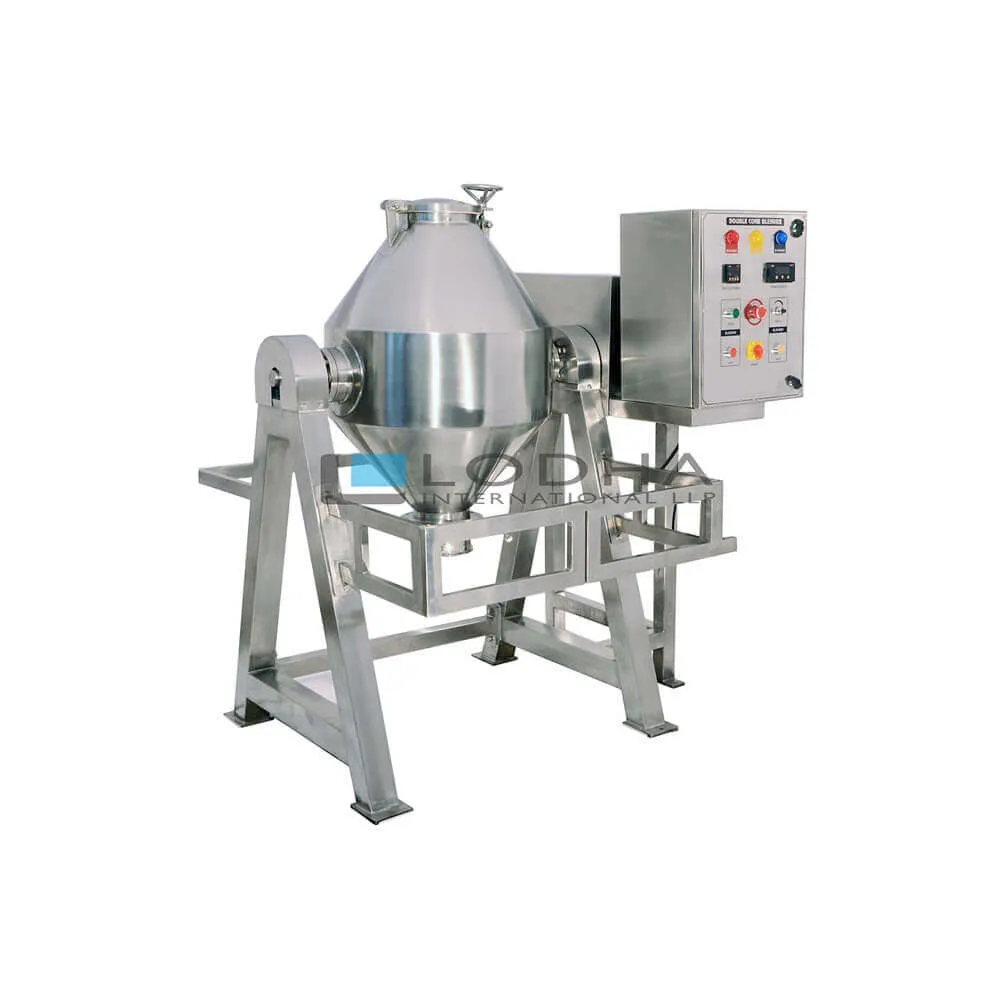Get in touch! +91 9687731331 | +91 9687631331 | info@lodhapharma.com
Working Principle of Tablet Section Machines
The pharmaceutical industries are increasing at a very large scale because of the increasing demands of the population. There has been cut-throat competition in this industry and the hour requires to deliver efficiency with quality in minimal downtime. Types of machinery with State of the Art technology have helped the industry in delivering seamlessly and a few machines with their working principles are mentioned below -
Working Principle of Fluid Bed Dryer
Fluid Bed dryers works on the basic concept of fluidization which is a process where any material is converted from a static solid-like state to a very dynamic fluid-like state. A hot gas of air is introduced with the help of a perforated distribution plate into the zone where the material is held. The basic parts include a stainless steel chamber and a detachable perforated bottom. Any material that needs to be dried is placed in the bowl. Air is let into the chamber from the bowl while the heat setters set up the temperature inside. The air that is let in is filtered and passes through the bed. The top of this apparatus has fans fitted and a control panel present to control the temperature and other operating conditions.
When the air flows in an upward direction it is done in such a way that the velocity is higher than the setting rate of all the particles. With this mechanism and flow, all the particles get blown up and are suspended in the air stream and the solid bed is converted into a boiled liquid in the fluidic state. The hot air in turn increases the drying rate of the material.

Working principle of Octagonal Blender
The Octagonal Blender is a very efficient and flexible piece of blending machine for mixing and homogenous lubrication of dry granules. Two-thirds of the Octagonal blender is filled and it gives an excellent result due to the low speed and shape of the container. The top portion is polygonal and has baffles that mix the material in it seamlessly. Due to its shape, it is capable of mixing large volumes without degrading the particle structure. This blender has removable baffles mounted on a rectangular shell and is supplied with a bin charging system and also be customized for vacuum charging. The material that is required to be mixed is charged either from the bin or manually through the vacuum charger. The port is then locked positively and the blender is set with a preset timer. There is a butterfly valve through which the product is discharged into the process containers

Working Principle of Double Cone Blender
Double Cone blenders are most commonly used for the blending of free-flowing solids. These solids pertain to different density ones and get intermixed once the double cone rotates. This standard and compact design have its cone placed strategically so that any chances of overload on the mixture are eliminated. The paddle type baffle in the cone strategizes the uniform mixing in the cone. There is a side-valve that helps to discharge the mixed material. It has a polished surface which gives it a smooth operation and the time is taken for each mix depends on how difficult the material to be mixed is. The exceptional working of this machinery lies in its three-dimensional motion for constant and reproducible mixing results. If fragile granules are to be mixed, a twin shell blender can be used which forms a V shape and can be used for minimum attrition.

Working Principle of a Tablet Coater
A tablet coater is most commonly used for coating the external surface of a tablet with a thin film of the coating material. The application of the coating material is done on a moving bed and with the help of a solvent using a current of hot air. The tablets to be coated are placed in a drum that rotates continuously in an orbital manner under the influence of a streamlined plate. During the orbital motion of these tablets, the coating sprays in a manner to avoid any excess coating on the tablets. Angled baffles are fitted into the drum and the air induced inside to serve as a medium to mix the tablets. The baffles also enable the turning of the tablets for a uniform coating. While the spraying process goes on, hot air is introduced from the half-done perforated tablet bed which causes a rapid drying of the coating medium. The temperature and airflow are regulated to provide the best tablet extraction rates.

Working Principle of Colloid Mill
Pharmaceutical companies work with small compound particles and they seek to separate chemical compounds to get to the smallest state of the compounds. A Colloid Mill is used for a wide application such as homogenizing, emulsifying, dispersing mixing, and superfine grinding. The basic principle used in this mill involves the rotor-stator which is placed in a cylindrical vessel. The rotor and the stator are placed very close to each other so that the material can pass through this narrow passage. This is called shearing as the particles turn to a very fine and small texture. The solid is fed into a hopper which leads the product to the gap between the rotor and the stator. The surface of both is covered with metal tooth coverings which can cut and shear the solid.

Bottom Line
The design and make of the equipment used in pharmaceutical industries needs special care and contemplation so that any contamination is avoided and the quality is maintained as per the cGMP. The features and fabrication along with their working principles are very important while choosing one for the production line.

